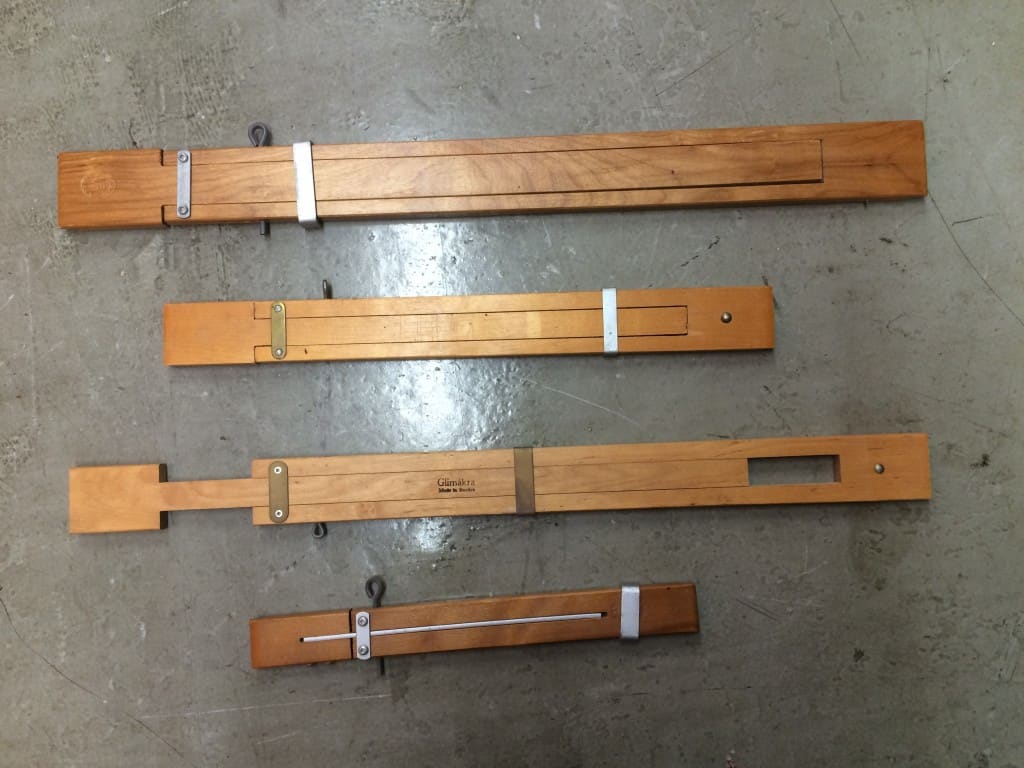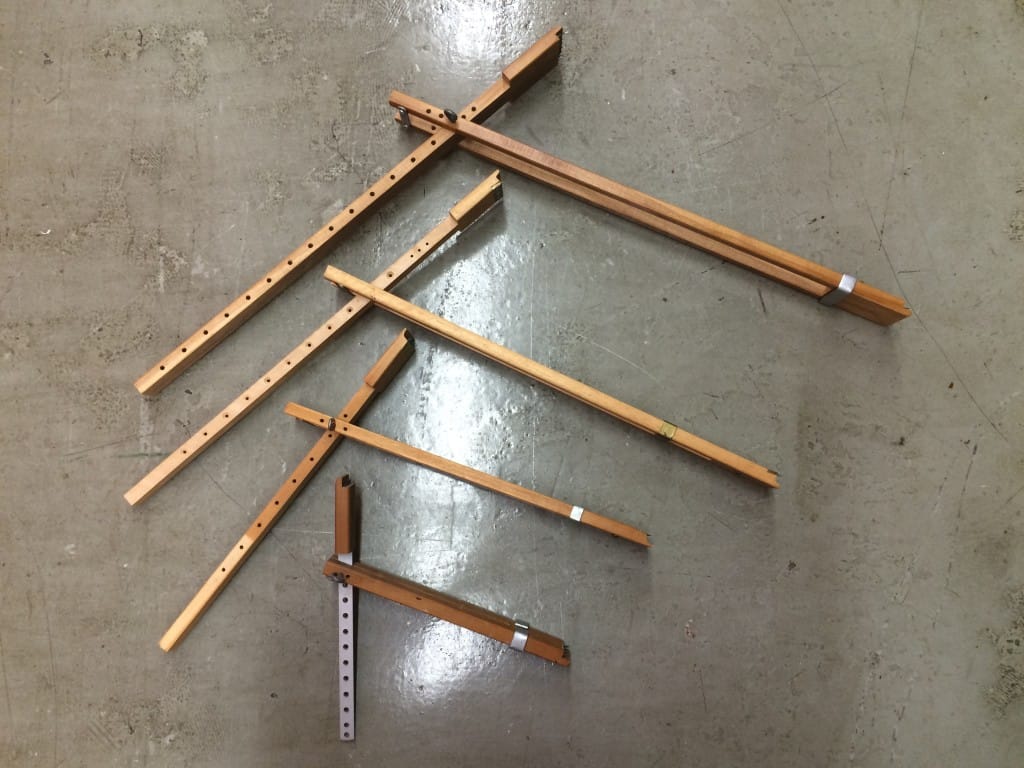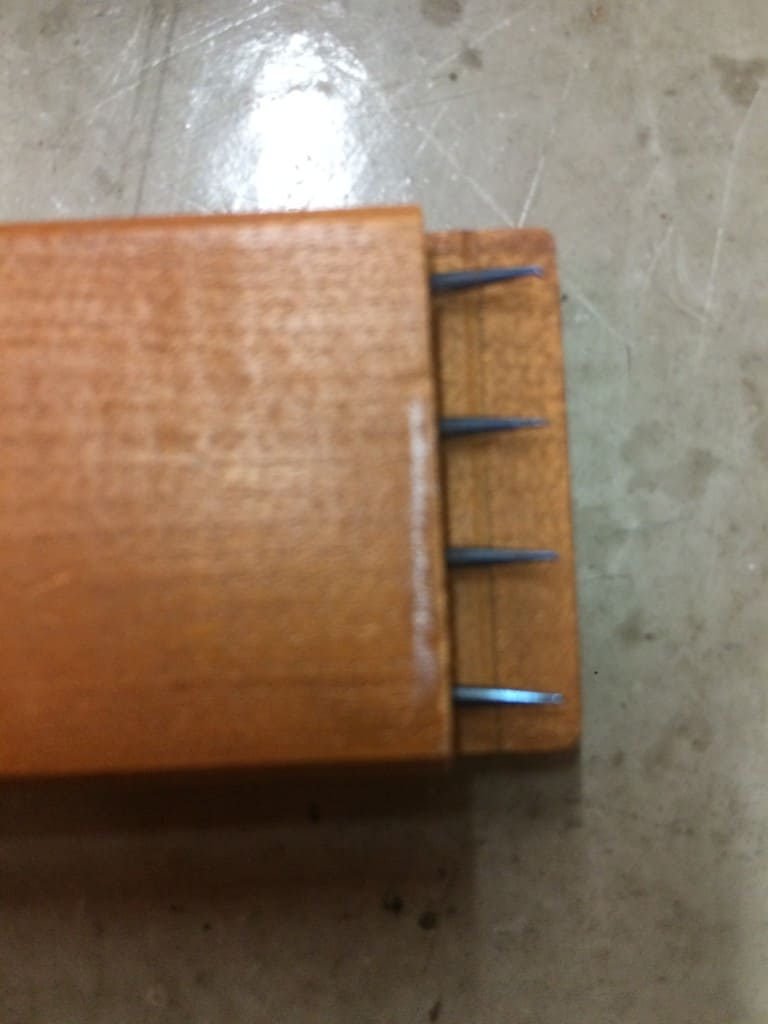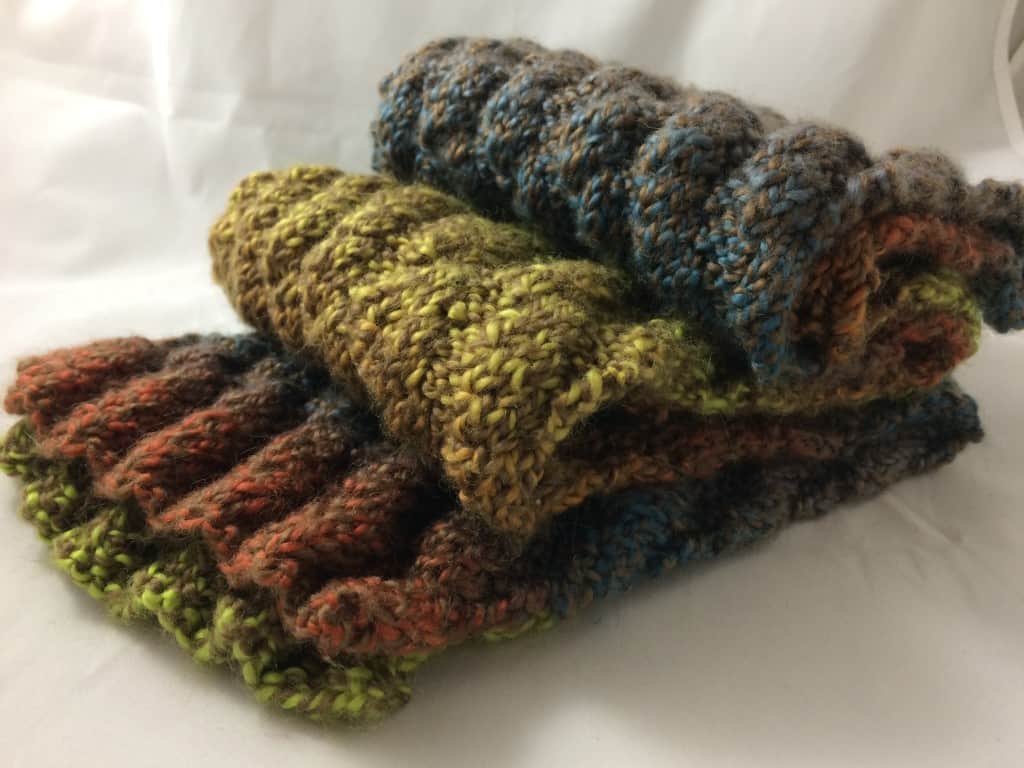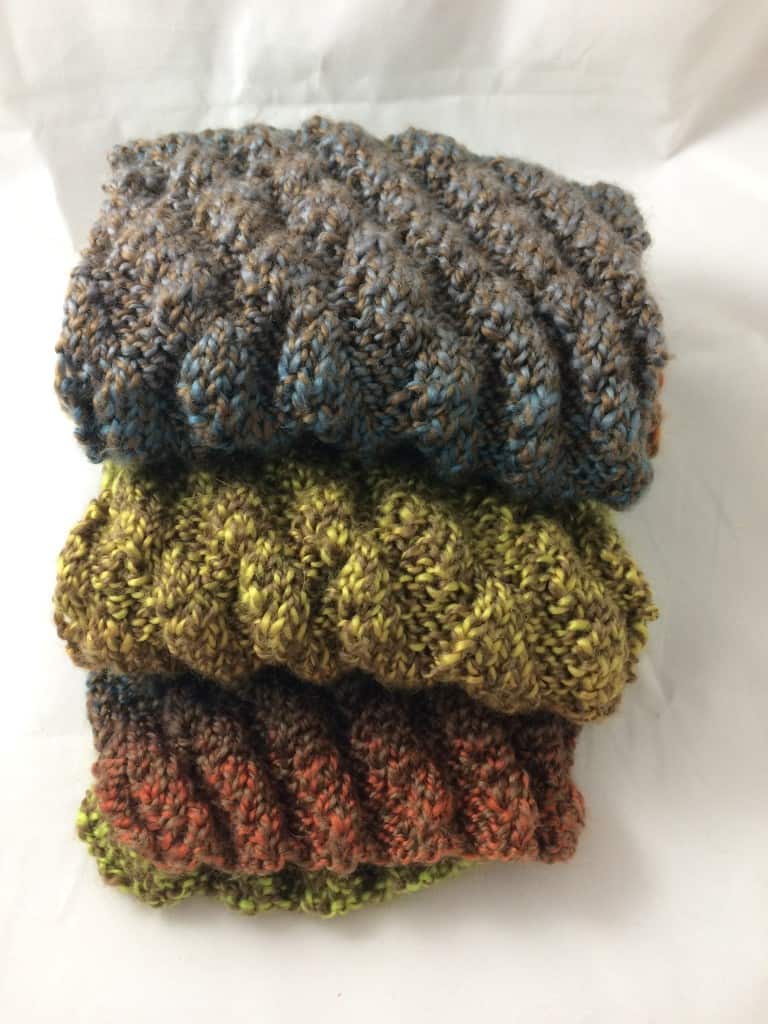On the Friday before Thanksgiving, I’m on a plane flying north for 10 days of family fun and I’m not in my usual traveling groove. I’ve flown a great deal in the last four years, usually alone but also with my husband, and I have habits. Whenever possible, I pack in a carry on only. I have Global Entry which gives me automatic TSA Pre-check so I arrive at the airport about 1.5 hours before my flight, sail through security, and once I’m in my terminal eat a meal if it’s mealtime. I have a short wait before boarding and I sit in an aisle seat as close to the front of the plane as possible. While I’m waiting to board and while I’m on the plane, I listen to podcasts and knit. I do not make small talk with my seat mates. When the plane lands, I’m out of there as quickly as possible and don’t have to go to baggage claim since I’m packed only in a carry on.
These habits are all part of a personal defense mechanism. I’m an introverted person and have a difficult time filtering out noise. All the stimuli of random conversations and interactions with strangers is exhausting. Since I fly in and out of Orlando, my flights are always full of families with small children on their way to and from the theme parks. As a result, there’s higher levels of noise than might be the case if I was flying in and out of any other airport in the country. In addition, when I started flying so much it was because I was flying to New Jersey every other week, helping my mother-in-law with the details of life after several deaths in the family. I was hanging on by an emotional thread and would randomly burst into tears. I was terrified that this might happen on a flight, where I had no means of escape from scrutiny. I had no bandwidth for handling even inane conversations. And so I didn’t engage. I popped in my headphones and focused on my knitting. It was the only way I made it through those trips, putting on a façade of normalcy and shutting out everyone around me. And now, it’s a habit.
But on this flight, I’m traveling with my parents. My father likes to get to the airport super early. They have bags to check and might not get to go through the shorter TSA Pre-check line. We’re flying on Southwest and my father has status since he flies on that airline every week for work, so they do end up with Pre-check, but we didn’t know that was going to happen. We get their bags dropped off, sail through security, get breakfast at Au Bon Pain and are still at the gate 2 hours before our flight is scheduled to depart.
My project for this trip is a new scarf for charity. I worked out a design a couple of days before we left and cast on while waiting to board. I knit about 3 inches and realize I don’t like how wide it is, so rip it all out and start again. I knit 3 inches and this time it’s too narrow. I rip it out again. Finally it’s time to board. My father boards before either my mother or I, thanks to his status, and saves us a row close to the front of the plane. I’m in the window seat. My mom is chatty, so I only have one ear bud in, on the side by the window, so I can halfway listen to a podcast and still hear my mom when she starts talking. I cast on again, rearranging the order of the cables, and knit another 3 inches. This time, I’m happy with the width. I put the knitting down for a minute and stretch out my fingers and wrist, looking around the plane for the first time since we took off. And that’s when I see The Other Knitter.
Suddenly, it strikes me that I’ve never seen another knitter or crocheter on any of my flights. Why is this? Years ago, on a flight home from Boston, I was sitting in front of a high school classmate. There was only 13 people in my high school graduating class; there are millions of knitters in the United States and many knit on planes. It’s far more likely that I might run into a knitter than into a high school classmate. But I’ve never seen another knitter.
The Other Knitter is sitting one row in front of me, on the opposite side of the plane, in the middle seat. I realize that I’d vaguely heard the woman directly in front of me telling her son he could sit with Nana. The three seats in front of me contain a husband and wife and a son about 10 or 11. Across the aisle is another boy of similar age, Nana (The Other Knitter), and a gentleman I take to be Nana’s husband.
I find myself fascinated by The Other Knitter. I strain my neck to see if I can figure out what she’s knitting. Her pattern is on the tray in front of her and she’s working with royal blue yarn. She’s on the second page of the pattern, and there’s a picture of the finished object, but I can’t quite see it. At first, I think she’s making a sweater. But the pattern’s only two pages long and when The Other Knitter puts her knitting back into her clear plastic bag and gets up to use the restroom, I can see she only has two skeins of yarn with her, including the one she’s knitting now. Perhaps a sweater for one of the grandkids? I can’t tell.
Throughout the flight, I keep looking at The Other Knitter. I want to talk to her, to find out what she’s knitting and for whom. Does she like her yarn and pattern? Is she heading home after a family vacation at the parks or is she leaving home for Thanksgiving at another relative’s home? Is she on Ravelry? I feel like a stalker or paparazzi or a fan girl. I want to take her picture, but stop myself. It’s a step too far. What’s the matter with me? I didn’t get like this on the few occasions when I’ve been around celebrities!
We’re starting our descent into Hartford, Connecticut when my mother notices The Other Knitter. She nudges me. “There’s another knitter over there.”
“I know,” I say, casually, like my heart didn’t start beating a little faster when I first saw those needles working the royal blue yarn a couple of hours ago.
When our flight lands, we all gather up our things and head to the baggage claim. I don’t see The Other Knitter there, but I can’t stop thinking about her. I’m sorry I was too far away and boxed in the corner by the window to talk to her, too afraid to get up and ask her what she was making. I’ve missed the opportunity to meet someone new and perhaps make a friend. Maybe next time.

